We are often asked to provide examples of citizen science projects that are suitable for children and those that educators can adopt in classrooms or can be used by community groups such as Scouts. In honour of Citizen Science Month, we’ve adapted an email our Social Media Moderator, Michelle Neil, prepared in response to an inquiry from a member of our community. Let us know if you have other projects or initiatives that are great for children that should be included.
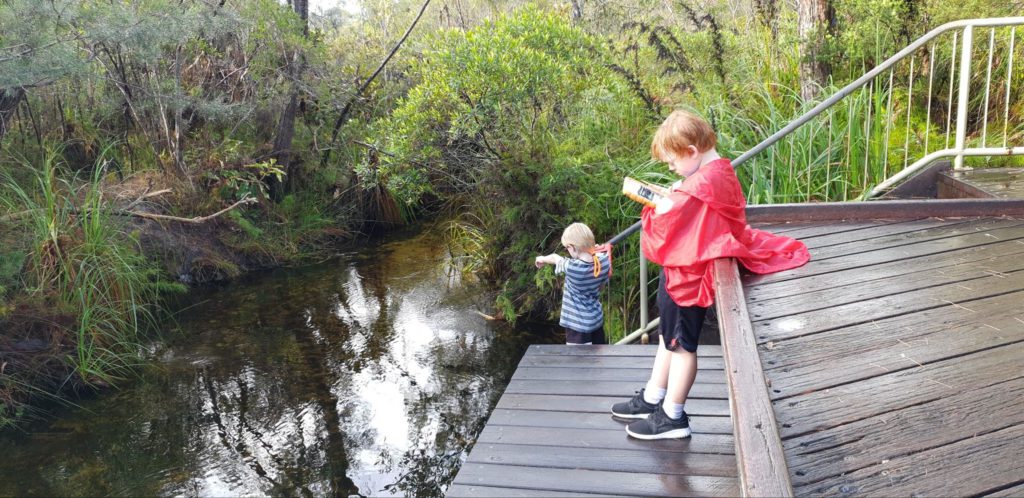
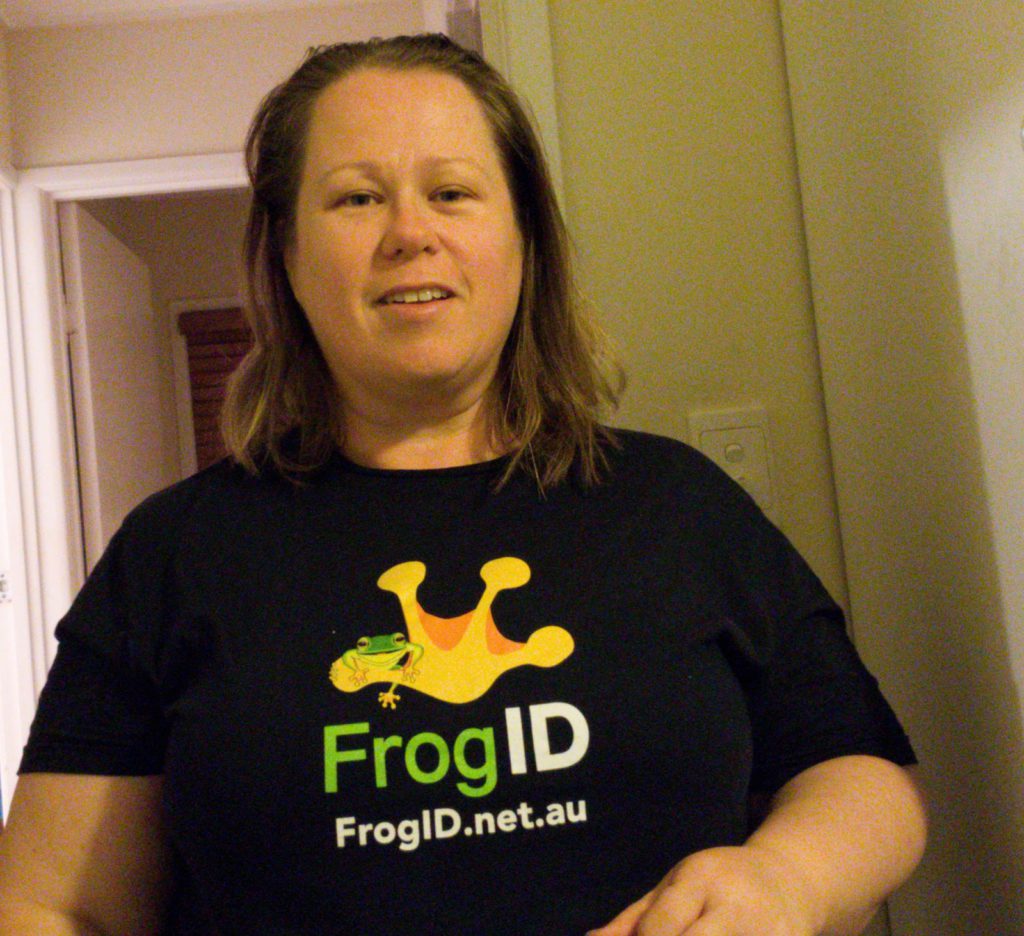
Here are some of the citizen science projects I use with my kids, local school students in classroom situations and our local Scout groups:
Get them out of the house
Both of my kids LOVE Questagame which is an app-based gamified citizen science initiative – think “Pokemon Go” but for the real world. This is something they can do at home and basically check out what is in their own backyard. Of course, you might need to be with them the first few times they play the game (it sends you on “quests” to find 2 birds or a spider, etc) to help them navigate the app but after a few times, they should be good at it! I would also suggest that you make the initial logins. Perhaps use two different emails (that are your emails and not your kids) so you can keep a parental eye on what they find. One email login per child that is. Questagame has been going now for quite a few years and often you will get scientists verifying your sightings as well as members of the public (my kids love getting the ID from “real” scientists – apparently I don’t count). Questagame also has school challenges so make sure to check in to see what’s happening https://www.questaschools.com/.
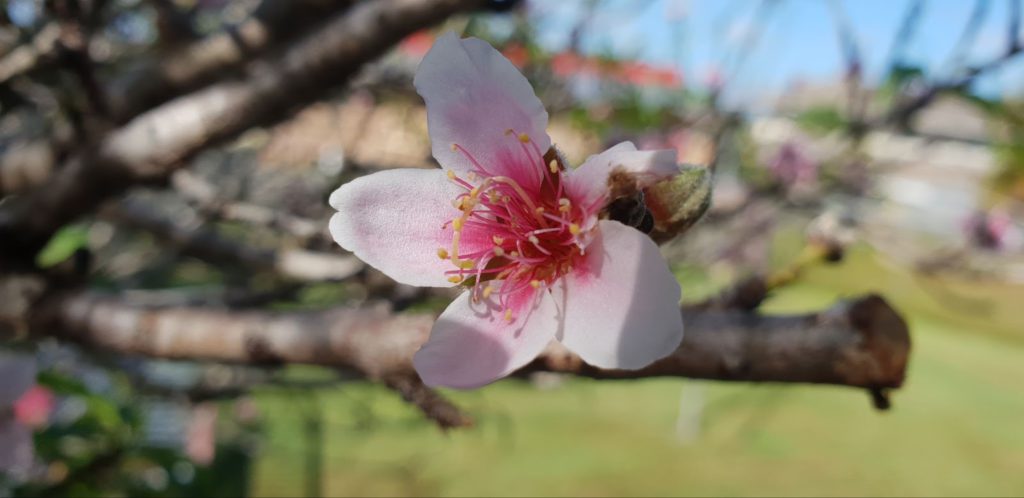
Wild Pollinators Count is a biannual event all around Australia. It’s easy to do. If you have a printer you can go and print out a Tally Sheet for each, send each child to a different flowering plant in your yard / local park and then they can compare after 10 minutes what they saw against the Guide. If they find anything interesting they can also upload the sighting to iNaturalist.org under the Wild Pollinator project. (Again, I suggest their own separate accounts with your email addresses so you have control). iNaturalist is available on both app stores OR you can upload from a camera or ipad/ device via your computer (in this case just have a parent log in). iNat (as it is usually known) uses artificial intelligence (AI) to help with identifications. As such, we citizen scientists need to help the AI by adding as much southern hemisphere data as we possibly can. The iNaturalist Australia node is hosted by the Atlas of Living Australia and there are heaps of educational resources including Classroom Activities that are aligned with the Australian Curriculum.

For more on the “How to” go to the iNaturalist Video Guides page. There are heaps of sub-projects you can join as well in your local area on iNat – check out the projects list. Once you have 50 Research grade observations you can even start your own free project on iNaturalist too!
Give them a challenge
I love challenges and kids make the best searchers! I regularly give kids / students / Scouts challenges to complete (i.e. find and photograph 3 spiders, find 2 birds, a lady beetle/butterfly/moth, three plants with different leaves, etc) which keeps them busy and interested. It’s basically a citizen science scavenger hunt! If you want to keep going with sightings you can also join in the City Nature Challenge and the Great Southern BioBlitz in 2021.
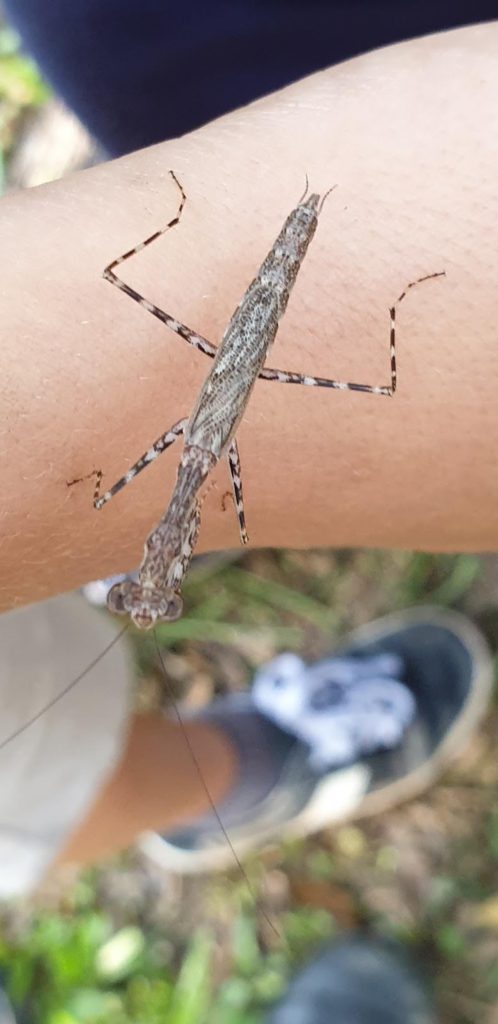

Online Citizen Science Projects
There are a couple of online projects that my kids get into. You can play citizen science games (including medical games); one of which is Stall Catchers (where my son has a better score than me!). In Stall Catchers, you are trying to figure out whether or not the blood vessels have stalled in mice who have been given Alzheimer’s Disease. You log in, do a tutorial and then get given real-life examples. My son can’t stand the sight of blood (seriously he goes white and faints) but he can look at black and white grainy videos of blood vessels for hours… and contribute to Alzheimer’s research! It also counts towards community service for our Scouts too!
Another one I would suggest is Wildlife Spotter on Digivol. Wildlife Spotter is about cataloging camera trap photos from around Australia. They’ve had a lot of images from camera traps in fire affected regions and it is a great example of how citizen scientists are contributing valuable information to postfire recovery.
Earth School’s Citizen Science Quest is another great one, developed during 2020 with at-home kids in mind. It is still available to work through and has some great tutorials and online activities.
*Online email account hack*
Try this handy trick to manage your email accounts! If you have a gmail account you can create an infinite number of individual email addresses for signing your children up. You just add a “+” and some extra text after your own name or handle. E.g. if your email was “davina@gmail.com” you can create “davina+digivol@gmail.com“. Gmail will ignore everything after the “+”, but the website you’re signing up for will recognise it as a unique email address!
The online challenge (make them think!)
If the kids are whinging that they have nothing to do, give them a challenge. Ask them how many of a particular species do they think is in your area (e.g. magpies, crows, redback spiders, etc) and get them to look it up on the “What’s Near Me” section of the CSIRO’s Atlas of Living Australia. Basically, it is where all the Questagame and iNaturalist sightings go to. Have a look in your area and see what you find (even down to street level or your local park!). It is really interesting and they can also see (by playing with the different timeline fields) if a plant/animal/species/fungus is thriving or not doing so well. If they find something that isn’t thriving ask them how they could help. How are the local koalas doing? What about the parrots?
You can also check out our Project Finder, including the Bushfire Project Finder, Australia’s STARportal or international projects on SciStarter and see if there are any that might be suitable or interesting for your kids. Honestly, there are hundreds of online projects your kids (or you) can join – it just depends on how much data you want to use, how much time you can help them spend on getting going and what they find fun and interesting. We’ve listed a lot of other projects people can do close to home on our blog from 2020.
For Educators
iNaturalist has a Teacher’s Guide section on their website, which provides some tips and tricks to using iNaturalist in the classroom. iNaturalist suggests teachers be the stewards of their class’s data and also become familiar with iNaturalist as a user before trying it out in the classroom. Their ‘Making useful observations’ tips are applicable to all users, not just in the classroom.
We’ve also recently come across the PlantingSeeds initiative including the B&B highway which stands for Bed & Breakfasts & Biodiversity for birds, bees and butterflies threatened by habitat loss. The goal of PlantingSeeds is to regenerate native vegetative corridors in urban areas for pollinators and they have installed more than 45 B&B’s in local schools and community centres with more planned over the next few months. The program is keen to adopt citizen science with students helping to contribute data on pollinators. So keep an eye out for this program as it seems like a good entry level activity for younger children.
Contact your local council, landcare or catchment care group – most of them participate in citizen science programs like WaterWatch and Waterbug Blitz and may be able to loan equipment and provide advice. They may even be able to run a demonstration with your students or come speak to your class.
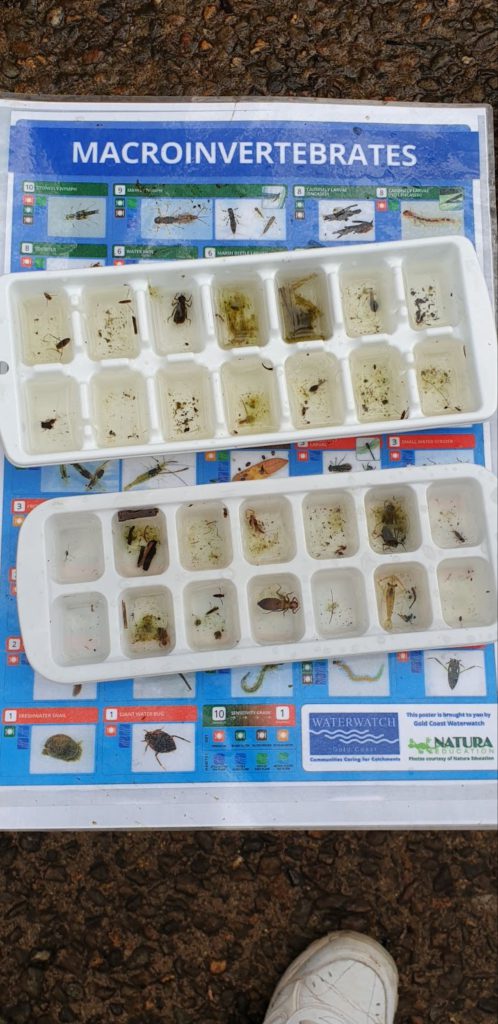
Citizen Science and Scouts
Finally, a number of ACSA’s volunteers are heavily involved with Scouts. Participating in citizen science projects is a great way to contribute to badges. In 2019, three Scouts (aged 10-15) from the Southern Barossa area of SA were runners up in the Asia Oceania Region in NASA’s Globe Observer “GO on a Trail” Competition. Using Globe Observer, citizen scientists take photos of a site and can also categorise these observations. These images and observations can serve as reference data, complementing satellite imagery for the improvement and verification of land cover maps. The Scouts involved in the 2019 competition have even co-authored a scientific publication about their work.
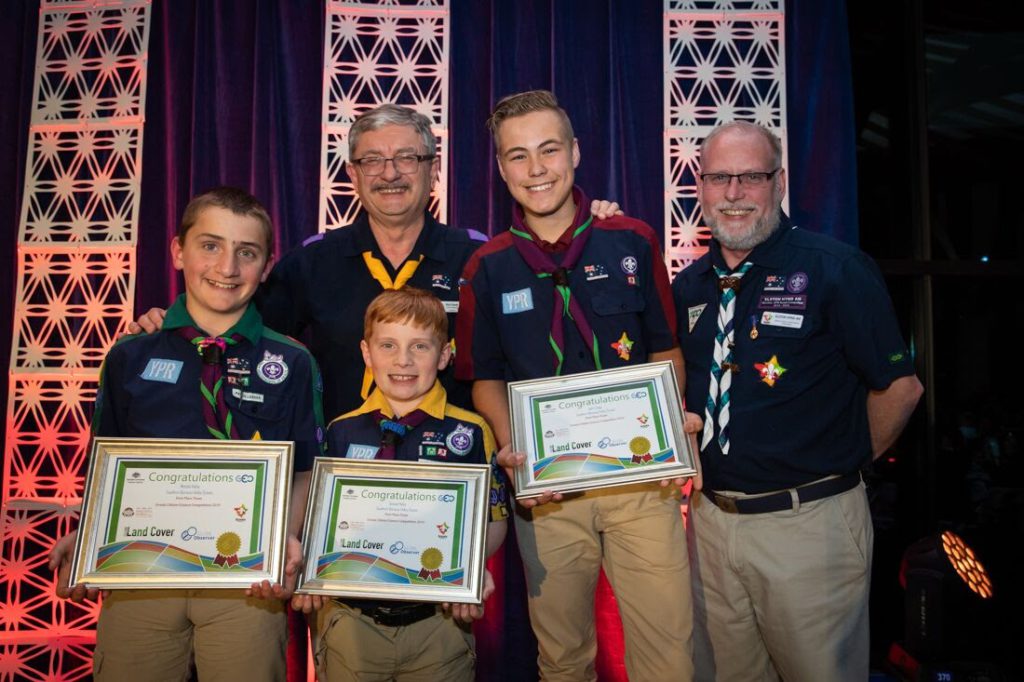
Some of our favourite open access journal papers on citizen science and education
- Citizen Science, Education, and Learning: Challenges and Opportunities https://doi.org/10.3389/fsoc.2020.613814
- Citizen science in schools: Engaging students in research on urban habitat for pollinators https://doi.org/10.1111/aec.12608
- Contributions from citizen science to science education: an examination of a biodiversity citizen science project with schools in Central Europe https://doi.org/10.1080/09500693.2018.1520405
- Using the Web for Science in the Classroom: Online Citizen Science Participation in Teaching and Learning 10.1145/3292522.3326022
- Citizen Science in the Classroom – The Fun and the Failures (2015) https://www.eposters.net/poster/citizen-science-in-the-classroom-the-fun-and-the-failures
